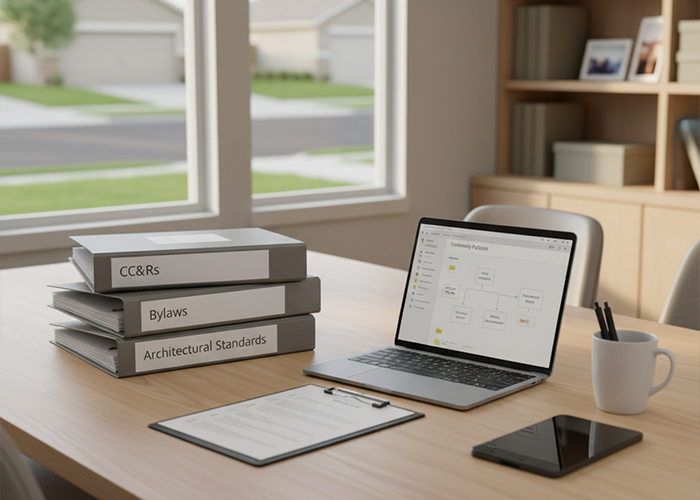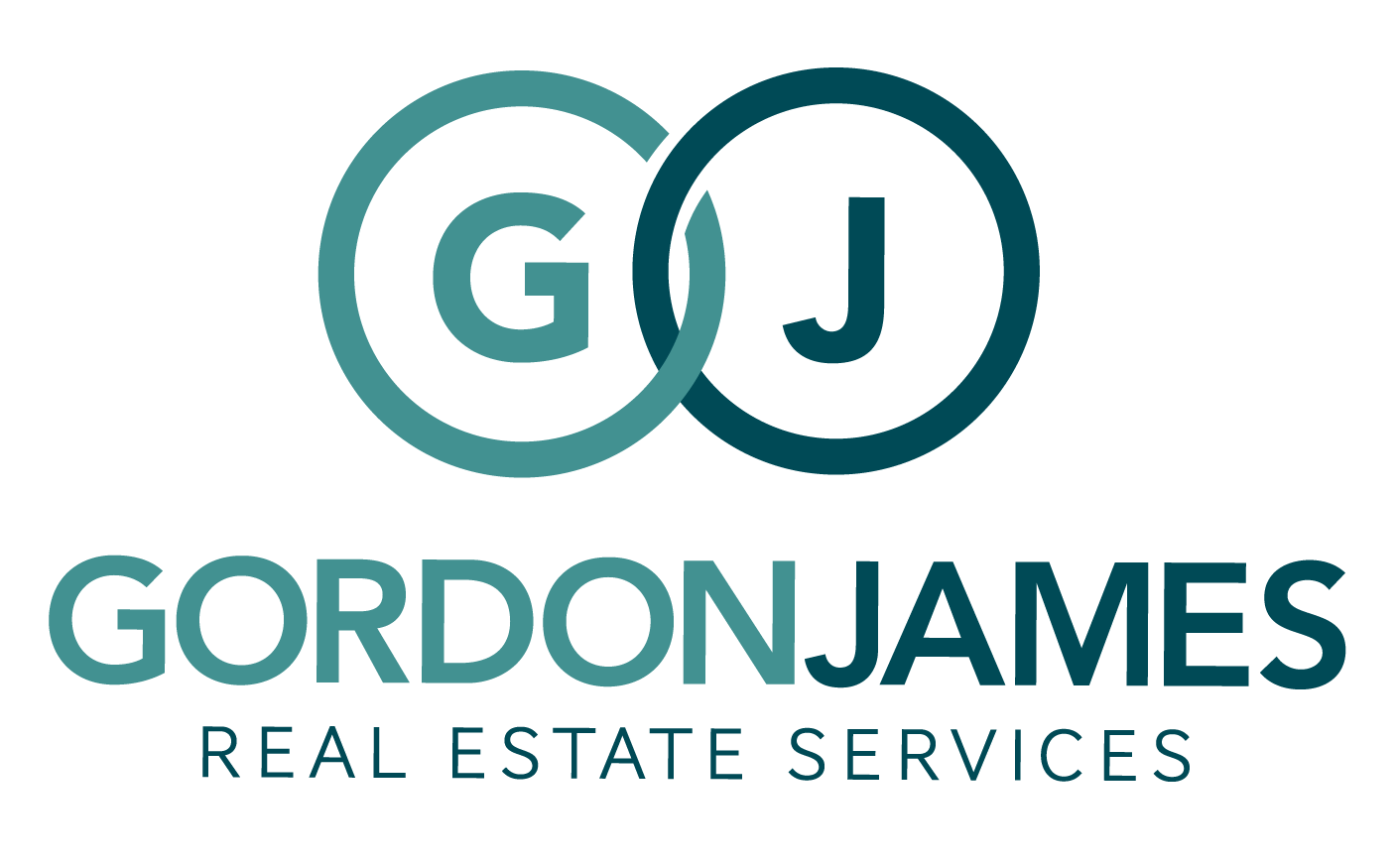HOA Conflict Resolution: Communication Strategies That Build Trust

Disagreements happen in every community. With a clear plan for HOA conflict resolution, boards can settle issues early and keep neighbors engaged. This guide focuses on practical steps that work in day-to-day association life.
Browse By Category
Sign up for Our Newsletter
Disagreements happen in every community. With a clear plan for HOA conflict resolution, boards can settle issues early and keep neighbors engaged. This guide focuses on practical steps that work in day-to-day association life.
Proper HOA Conflict Resolution: Tips and Strategies
Conflict is normal. What sets a healthy association apart is its process. A structured approach to HOA conflict resolution gives everyone a fair path from concern to closure.
Start with your governing documents. Procedures should be easy to find and easy to follow. Residents need to see what comes first, what happens next, and when decisions are final.
Set Clear Policies and Easy Procedures

Rules should live in one reliable home. Keep CC&Rs, bylaws, architectural standards, and enforcement steps together. When documents are scattered, disputes multiply.
Explain the sequence. A courtesy notice comes first, a formal notice may follow, then a hearing if needed. Add timelines, contacts, and appeal options written in plain language.
If a policy changes, share the reason. A short note that explains why the board acted builds buy-in and calms emotions.
Encourage Early Resolution
Early conversations solve most problems. Invite owners to reach out as soon as a concern appears. A quick call can turn a tense moment into a simple fix.
Offer a simple path. Office hours, a five-minute phone slot, or a short portal message can move things along. Document what was discussed and agree on next steps with dates.
When early resolution works, say so. Report outcomes in general terms so residents see the system as fair and responsive.
Use Mediation Before You Escalate

Not every disagreement needs a hearing or a lawyer. Mediation places a trained neutral between the parties. It protects relationships and can save money.
Create a small roster of approved mediators. Explain fees, session length, and confidentiality. Set expectations before anyone books time.
After mediation, write down the agreement. Include completion dates and the responsible party. Follow up until the matter is closed as part of HOA conflict resolution best practice.
Hold Fair Hearings With Due Process
Some issues will reach a hearing. Treat those meetings with care. Send notices early, list the specific rule at issue, and include the date, time, and location.
During the hearing, let each side present facts and documents. Keep the discussion focused on the record rather than opinion. Ask clarifying questions so the minutes are clear.
Close with a written decision. Cite the governing documents and summarize the evidence. Include the appeal window and a contact for final questions.
Document, Track, and Learn

Good records prevent repeat conflicts. Keep notices, photos, emails, and notes in one place. Use consistent file names and dates so future boards can follow the story.
Track useful metrics. Count how many matters were resolved at the courtesy stage, how many went to mediation, and how many reached a hearing. Look for patterns by type or location.
Share high-level lessons. A brief quarterly summary, without names, shows transparency and progress.
Start With the Proper Foundation
Clear communication supports HOA conflict resolution every day. It shapes trust long before any hearing happens.
Choose one official home for notices. A secure portal works well. Post there first and point every other channel back to it.
Keep messages short and specific. Lead with what is changing, who is affected, and when it takes effect. Then add one sentence on why the change helps the community.
Pick the Right Channels for the Message

Different updates need different tools. A violation notice belongs in private email or portal mailboxes. A pool closure belongs in a lobby flier, a text alert, and the portal feed.
For broad topics, mix channels. Use email for detail, a short text for timing, and a flier for visibility. Repeating the same core message reduces confusion.
If your community uses social media, treat it as a bulletin board. Post updates, answer simple questions, and route case-specific issues to private channels.
Write in Plain Language and a Neutral Tone
People read plain English. Keep sentences short. Swap jargon for everyday words.
Stay neutral. Do not assign blame in public updates. Focus on the rule, the impact, and how to fix the issue. Respectful tone leads to respectful replies.
Explain the “Why” Behind Decisions

Owners accept rules more readily when they see the purpose behind them. A parking limit keeps fire lanes clear. A paint standard protects property values.
Add one line of context to major changes. A single sentence prevents long threads of complaints and supports smoother HOA conflict resolution later.
Templates That Speed Up Response
Templates save time and keep the tone of your message steady. Build simple versions for courtesy notices, hearing notices, rule updates, and project alerts.
Each template should include the rule cited, the specific issue, the requested fix, and the deadline. Leave space for photos or attachments. Close with clear next steps.
Review templates twice a year. Small edits keep language current and accurate.
Train People To Use the System

Training makes procedures real. Give new directors a short orientation on documents, enforcement steps, and communication tools. A quick portal walkthrough helps them help owners.
Offer brief refreshers once a year. Topics like due process, fair housing basics, and records retention keep skills sharp. Invite the community manager or counsel to cover common questions.
Include committee leads. When more volunteers understand the process, fewer issues escalate and HOA conflict resolution moves faster.
Handle Hot-Button Issues With Care
Some topics stir emotion. Parking, pets, architectural changes, and fees appear often. Plan your approach before you post the first update.
Start with facts and timelines. Tell owners where you are in the process and what input you need. Offer a Q&A channel and set a date for decisions.
After the decision, summarize what changed and when it starts. Thank participants and explain how feedback influenced the outcome.
Build a Culture of Listening

Listening lowers the heat. Give residents simple ways to be heard. An online form, a monitored inbox, and open-door times fit most communities.
Acknowledge messages quickly, even if the full answer takes time. A short note with a target reply date reduces anxiety. People value acknowledgment.
Share wins that came from owner input. When residents see that feedback leads to change, they keep using the right channels, which strengthens HOA conflict resolution over time.
Measure What Matters and Report Back
Pick a small set of metrics and stick with them. Response time, resolution rate, and the share of cases closed before hearings are useful. Keep the list short so it stays practical.
The report should highlight each quarter. One short paragraph can show what has improved and what still needs work. Visible progress builds confidence.
Repeat the cycle. Measure, adjust, communicate again. That rhythm is a core habit within HOA conflict resolution programs.
Keeping the Peace
Conflict will not disappear, but it can be managed with care. When boards pair fair procedures with steady, plain communication, trust grows and the community runs smoothly. Keep these HOA conflict resolution practices close, and small wins will add up.
Related Articles:
Trending Now
Related Article
Sign up for Our Monthly Newsletter
Sign up below for monthly updates on all HOA Resource















